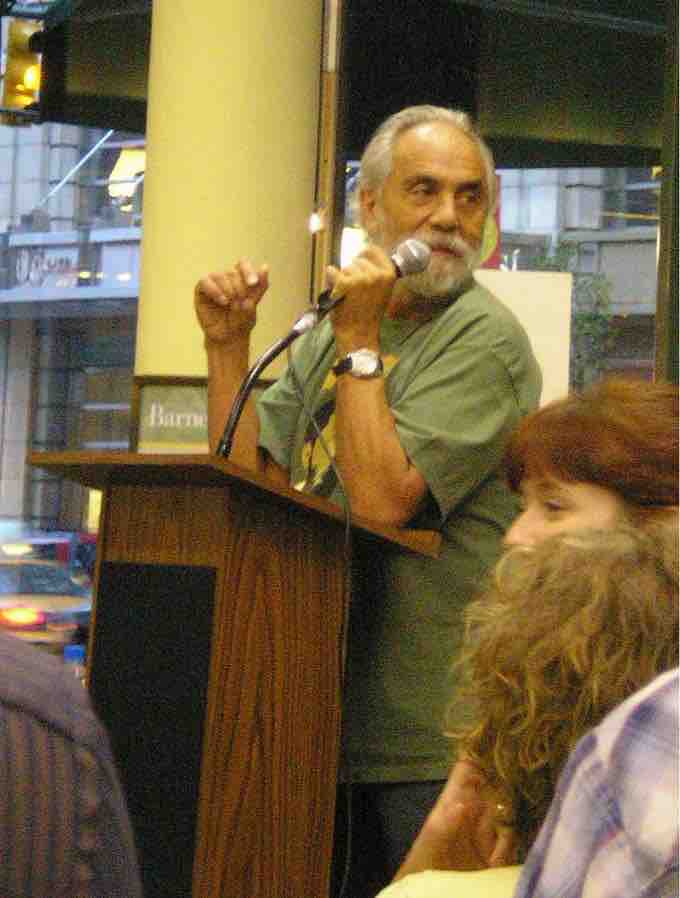Additional Notes on Preparing and Delivering Impromptu Speeches
An impromptu speech is given with little or no preparation. However, you will generally be called up to speak about a topic in which you are familiar or considered an expert. Impromptu speeches can take many different forms and occur in different situations. There are ways to prepare and deliver impromptu speeches by anticipating the more common impromptu contexts.
Preparation—Think before you Speak!
Anticipate Common Questions
In certain situations you can anticipate the types of questions or requests which will require a seemingly impromptu response. For example, you might be asked about your line of work at a social event. Since you know your occupation, you can have a response prepared. You might have a special project or interest that you want to pitch to others.
Elevator pitch
An elevator pitch is a short summary used to quickly identify what you do or what project is important to you in about 30 seconds, or the length of an elevator ride. So, when someone asks you what you do for a living, you can quickly and seemingly without preparation give an impromptu pitch or description.
Stand-up Speaking Event
If you think you will be called on to speak, it is a good idea to take a few minutes and make notes on the important points before you speak:
- Apply a three part plan for speech. You have learned about the three part speech structure, which are Introduction, Body and Conclusion. Apply the structure and think about your main points and thesis. List two or three main ideas for the body, develop the introduction by creating an opener, and present your conclusion with a summary and a reference to the opening statement from the introduction.
- Use a common organizational pattern. Think about the common patterns of organization with which you are already familiar: topical, spatial, chronological, and problem/solution—choose the one that fits the ideas you have just jotted down.
- Use phrases and single line notes. Make sure to make your notes as one line phrases in outline form. You can put your notes on paper or any device that allows you to quickly glance at a line and back up at the audience (like your smartphone).
Often, you will be presenting content that you have already covered with other audiences. On those occasions, you can use the same content but you will need to modify the introduction to reference the current occasion or audience.
Delivery
Informal Context
Many situations can be informal social occasions, meetings, or one-on-one talks where you could be standing or sitting.
- Maintain eye contact—it is important in Western cultural settings to look directly at the person you are speaking to so that you have each other's attention.
- Eliminate noise—you want to make sure that you can actually hear each other easily in a noisy room. If you are experiencing noise, you might suggest stepping aside to a less noisy corner to delivery your short message.
Informal Meetings and Q&A
Impromptu speeches are usually used in short informal meetings where the audience can interrupt and ask questions to help guide the speech and retrieve the information they need from the speaker. It is important in this situation to stay focused by repeating the question and answering it without going off on a tangent.
Stand-up Speaking Context
There are situations where you will be asked to share a few words with a large audience.You will want to apply your knowledge of public speaking to deliver a short, organized speech.
- Put comments in context—you may want to start by putting your comments in context as a way of introducing your message. For example, you may refer to the occasion or the previous speaker.
- Maintain eye contact—hopefully, you had a few minutes to prepare so that you can glance at your one line notes and then back up to the audience.
- Use summaries and transitions—make sure to summarize and show connections between ideas; at the end, bring the message to closure with a summary statement.
Formal Speech with Q&A Session
Following a speech you will often participate in a Q & A session. Members of the audience will ask questions and you will respond without time to prepare:
- Listen attentively to the question, repeat it, and provide a short focused answer .
- If you do not know the answer, say so and make arrangements to respond later electronically.
You are the expert; you will know more about the topic than your listeners. Remember that the listeners want to hear what you have to say, even if it is slightly disorganized.

Tommy Chong Speaking
Notice that in the Q and A session that Tommy Chong listens attentively before answering.